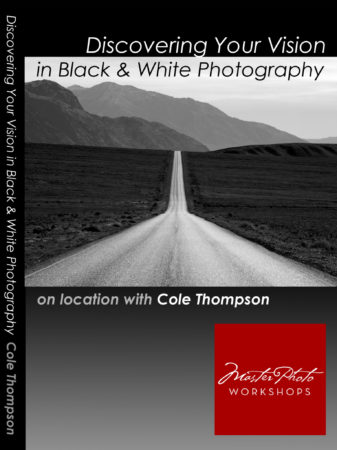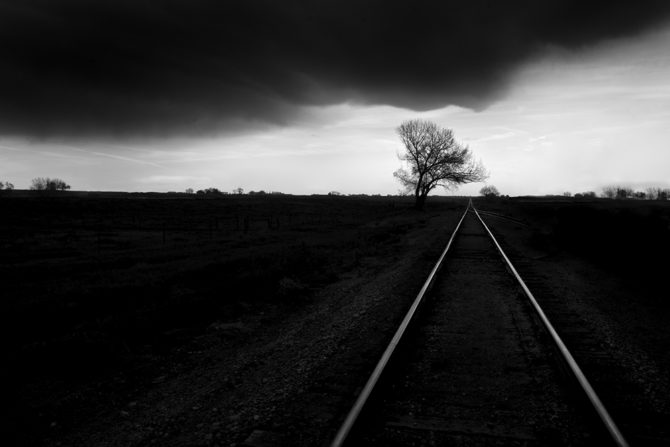September 10, 2015
New Video: Discovering Your Vision in Black and White
Several years ago a friend of mine, Greg McKean of Master Photo Workshops, shot a video featuring me in Death Valley. And through a series of unfortunate events, we were never able to finish it…until now.
This video is entitled “Discovering Your Vision in Black and White.” It’s a two CD set: one shot in the field and the other at the computer showing my very simple Photoshop techniques including dodging and burning with a pen and tablet.
My biggest concern while shooting was: What if I don’t see any good images, I’ll be documenting myself failing! Fortunately we found a few including “The Road to Nowhere” above. This video will show you how I saw it, shot it and processed it.
To kick start the introduction of this set, Master Photo Workshops is offering a 15% discount between 9/16/2015 and 9/23/2015. Just use the promo code “masterblackandwhite” when ordering. Here’s where you can learn more:
http://masterphotoworkshops.com/catalog/discovering-your-vision
This video an honest representation of what I believe, how I see and the way that I work. I sincerely hope that you will find it interesting and helpful.
Cole



The sample video of the Death Valley hills is helpful. My question is, could you have created the same image starting with an image with a full histogram and then backing off 2 stops in post? To, for example, maximize detail and minimize noise in the highlights of the final image.
Dan, i don’t know which sample video you watched and so I don’t know exactly which image you’re referring to. but in general…
I’m no expert but I don’t see why you couldn’t expose “normally” and then darken the image in post processing. I tend to do things the wrong way!
My system of underexposure helps me visualize the scene, I also don’t have to worry about blowing out my highlights.
How you get there isn’t as important as “getting there” and so do whatever works for you.
YAY!!!!! I’m so excited! I can hardly wait to get it!
Have seen it – highly, highly recommended as it provides a kind of “stream of consciousness” approach to identifying a subject/shot and understanding how the scene will be translated in processing. “From score to performance”, to paraphrase Ansel Adams, and presented in an easy, clear, concise manner.
Just viewed part of the first episode. It’s making me realize in a way how hard I’ve made things for myself that blocks the previsualization part of the process.
Thanks for a clean, fresh approach.